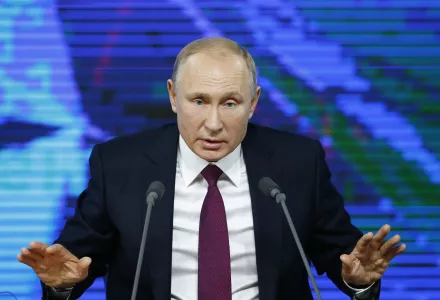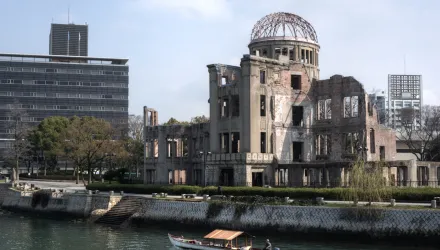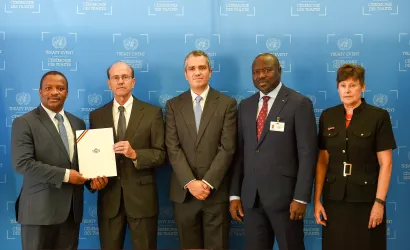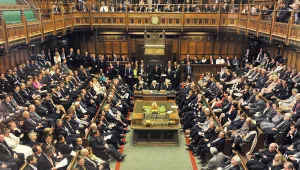
Special issue: Spotlight on nuclear modernization
Abstract
All the world's nuclear-armed states (except for North Korea) have begun modernizing and upgrading their arsenals, leading many observers to predict that the world is entering a new nuclear arms race. While that outcome is not yet inevitable, it is likely, and if it happens, the new nuclear arms race will be different and more dangerous than the one we remember. More nuclear-armed countries in total, and three competing great powers rather than two, will make the competition more complex. Meanwhile, new non-nuclear weapon technologies — such as ballistic missile defense, anti-satellite weapons, and precision-strike missile technology — will make nuclear deterrence relationships that were once somewhat stable less so.
Zala, Benjamin. "How the Next Nuclear Arms Race Will Be Different from the Last One." Bulletin of the Atomic Scientists, vol. 75. no. 1. (2019): 36–43.
The full text of this publication is available via Bulletin of the Atomic Scientists.





